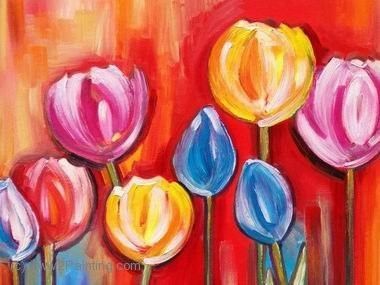- Revenue Cycle Management
- COVID-19
- Reimbursement
- Diabetes Awareness Month
- Risk Management
- Patient Retention
- Staffing
- Medical Economics® 100th Anniversary
- Coding and documentation
- Business of Endocrinology
- Telehealth
- Physicians Financial News
- Cybersecurity
- Cardiovascular Clinical Consult
- Locum Tenens, brought to you by LocumLife®
- Weight Management
- Business of Women's Health
- Practice Efficiency
- Finance and Wealth
- EHRs
- Remote Patient Monitoring
- Sponsored Webinars
- Medical Technology
- Billing and collections
- Acute Pain Management
- Exclusive Content
- Value-based Care
- Business of Pediatrics
- Concierge Medicine 2.0 by Castle Connolly Private Health Partners
- Practice Growth
- Concierge Medicine
- Business of Cardiology
- Implementing the Topcon Ocular Telehealth Platform
- Malpractice
- Influenza
- Sexual Health
- Chronic Conditions
- Technology
- Legal and Policy
- Money
- Opinion
- Vaccines
- Practice Management
- Patient Relations
- Careers
Gender and Art Appreciation:Sex Makes a Difference
In behavioral studies, men and women are known to rate the beauty of artistic and decorative stimuli in different ways. Although this tendency is recognized, the reason why is not.


Beauty is in the eyes of the beholder. Men and women generally are drawn to dissimilar styles of paintings. A man’s preference is on the left (illustration from Wikipedia) and a woman’s is on the right (illustration from Happy Painting).
In behavioral studies, men and women are known to rate the beauty of artistic and decorative stimuli in different ways. Although this tendency is recognized, the reason why is not. Recently, Camilo J. Cela-Conde and his colleagues began to explore the answer to this question. This is what they found.
During visual artistic appreciation, a particular area of the brain, the parietal lobe, was stimulated in both sexes. However, the sides of the brain that displayed activity in the 2 sexes were not the same. In females, it was on both sides and in men, it was primarily the right. The authors explained, “Our results showing an early activity of parietal areas for stimuli rated as beautiful in both sexes seem to indicate that the processing of spatial relations is crucial in the human appreciation of beauty. However … activity in the parietal regions is bilateral in the case of women but lateralized to the right hemisphere in the case of men.”

Figure 2 from the paper showing the subject’s brain response to stimuli rated as beautiful rather than not beautiful. Women (on the left) showed primarily bilateral brain response to visual stimuli at several millisecond stages compared to unilateral for men.
To reach their conclusion, the researchers studied 10 female and ten male neurobiology students. Their average age was 23.6 years. They had no earlier training or special interest in art. All were shown the same set of photographs of artistic paintings or natural objects that were divided into 5 clusters. There were 50 pictures each for the first 4: abstract, classic, impressionist, and postimpressionist art. The final group consisted of 200 photographs of landscapes, artifacts, urban scenes, and similar.
Magnetoencephalography (MEG) was used to record brain activity and appropriate data analysis was applied. MEG is a method for detecting changes in magnetic fields produced by postsynaptic neuron activity with a time resolution of milliseconds. For more detail, please see the paper.
The authors explain their findings by using evolutionary principles. They tell us that the gender differences could reflect the disparate strategies needed for survival in our distant relatives known as the hunter-gatherers. The male hunter required visual spatial coordination skills to chase and kill his prey (which necessitated processing a large landscape). The right side of the brain would be called upon for these tasks. The female gatherer, on the other hand, needed spatial relationship abilities to seek out nuts and berries and find the same static patch each day (putting one form in context with another). This would necessitate both sides of the brain.
One of the authors applied the findings of the study to me in an email, “…women would be more comfortable and would like small spatial configurations which are easier to handle. On the contrary, men would be more comfortable in open configurations and larger artworks.” This gender divide is not unique. Women and men also approach financial decisions making differently. Understanding these dissimilarities can be used to improve returns. The same benefit my well be in the future for the application of science to art.
For More:
Art and the Altered State: Science Correlates with the Sublime
